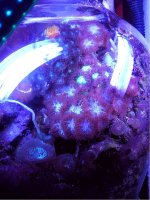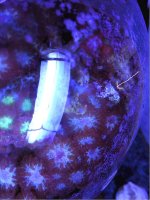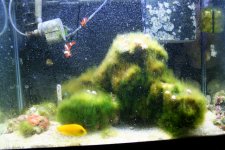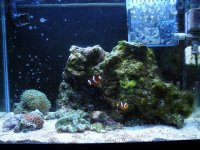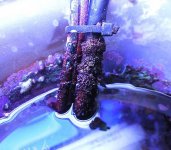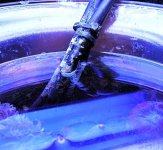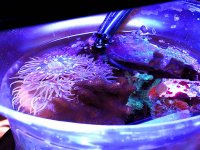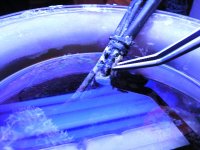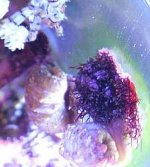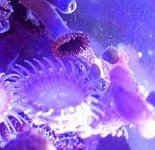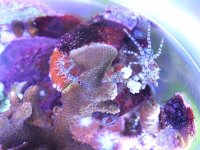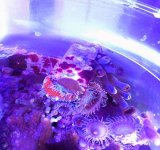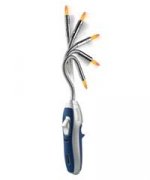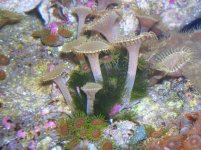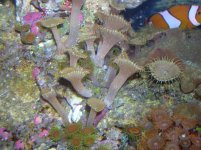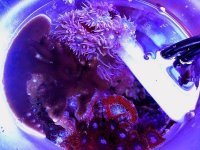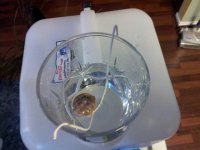Team,
I am posting this here because if I would have known it a year ago its what I would have done
peroxide, 3%
its truly amazing, I have been using it as a spot treatment only for a week in my tank and it literally melts green hair algae into a brown smudge in about 8 hours
I drained the tank and spot treated the algae and waited 3 mins, then refilled.
Thanks Farkwar of nr com for such an apropos meme
On nano reef I was partaking in a thread where many people are adding it systemically to their tanks (adding a few ml's right to the water vs my way which is drain the tank, spot treat the algae, refill) some horribly covered in total algae 100%, and in a week the rocks are barren and the tank doesn't look to be the same, thats how effective it is.
We have seen that while systemic additions are simple and totallly effective, it can kill xenia as a side effect and stress but not kill some RBTAs and mushroom corals.
adding it to the tank works for bad infestations, but the right way is to prevent large infestations by good tank husbandry.
This is an opposite system vs the common way of controlling 20 variables in your tank to beat algae, only for it to still come around. Its a specific way of killing algae, without changing much on your tank. I gave up trying to install adsorbtion pads and such to beat algae, now I just kill a tiny spot every once in a while and keep up with my water changes. There is zero chance of algae wrecking my tank
if you are having a headache, try a spot treatment with before and after pics here
B
I am posting this here because if I would have known it a year ago its what I would have done
peroxide, 3%
its truly amazing, I have been using it as a spot treatment only for a week in my tank and it literally melts green hair algae into a brown smudge in about 8 hours
I drained the tank and spot treated the algae and waited 3 mins, then refilled.
Thanks Farkwar of nr com for such an apropos meme
On nano reef I was partaking in a thread where many people are adding it systemically to their tanks (adding a few ml's right to the water vs my way which is drain the tank, spot treat the algae, refill) some horribly covered in total algae 100%, and in a week the rocks are barren and the tank doesn't look to be the same, thats how effective it is.
We have seen that while systemic additions are simple and totallly effective, it can kill xenia as a side effect and stress but not kill some RBTAs and mushroom corals.
adding it to the tank works for bad infestations, but the right way is to prevent large infestations by good tank husbandry.
This is an opposite system vs the common way of controlling 20 variables in your tank to beat algae, only for it to still come around. Its a specific way of killing algae, without changing much on your tank. I gave up trying to install adsorbtion pads and such to beat algae, now I just kill a tiny spot every once in a while and keep up with my water changes. There is zero chance of algae wrecking my tank
if you are having a headache, try a spot treatment with before and after pics here
B





